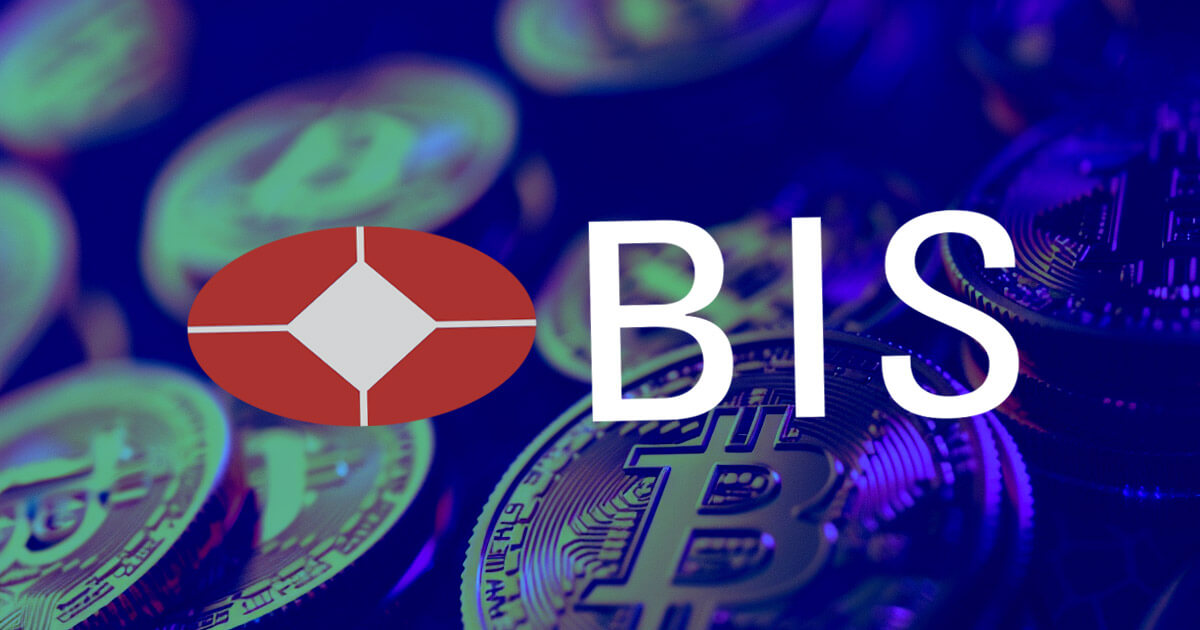
The Basel Committee on Banking Supervision has officially released its final disclosure framework for banks’ crypto exposures and made targeted amendments to its cryptoasset standards to “tighten the criteria for certain stablecoins to receive a preferential regulatory treatment.”
Both standards are slated to come into effect on Jan. 1, 2026. The Committee, part of the Bank for International Settlements (BIS), has been working on the framework for more than a year.
The updates, published on July 17, aim to enhance transparency and ensure a consistent regulatory approach in the burgeoning field of digital assets.
According to the Committee:
“The final disclosure framework and the amendments to the cryptoasset standard represent significant steps towards enhancing the robustness of banks’ engagement with the cryptoasset market.”
Disclosure standards
The new disclosure framework, known as DIS55, requires banks to provide detailed information on their crypto activities through standardized tables and templates.
Banks are mandated to provide detailed information on their crypto-asset activities, including both qualitative descriptions of their crypto-related business and quantitative data on capital and liquidity requirements. By standardizing these disclosures, the Committee aims to improve market discipline and reduce information gaps among market participants.
The Committee said:
“These measures will contribute to greater market transparency and stability, supporting the broader financial system.”
The framework also mandates lenders to share how they assess risks and classify these assets. They also need to provide data on their crypto exposures and related capital requirements, including information on the accounting classification and liquidity needs for these assets.
Stablecoins and ‘materiality’
The updated standards include a new definition of “materiality” for certain crypto-assets and set thresholds for when banks must disclose their exposures.
Banks must also report average daily values for their crypto holdings to give a more accurate picture of their risk levels. Despite industry feedback, the Committee maintains that banks should report credit and market risks for tokenized assets separately.
In addition to the disclosure framework, the Committee has revised its prudential standard for crypto-assets. The amendments focus on tightening the criteria under which certain stablecoins can receive preferential “Group 1b” regulatory treatment. These changes are designed to clarify the regulatory framework and promote a consistent understanding of the standards across jurisdictions.
The Basel Committee has also incorporated other technical amendments, such as removing certain detailed requirements and clarifying the scope of disclosures.
The Committee emphasized its ongoing commitment to monitoring developments in the cryptoasset markets and adapting its regulatory framework as necessary to address emerging risks.
 Bitcoin
Bitcoin  Ethereum
Ethereum  Tether
Tether  XRP
XRP  USDC
USDC  Lido Staked Ether
Lido Staked Ether  TRON
TRON  Dogecoin
Dogecoin  Cardano
Cardano  Figure Heloc
Figure Heloc  WhiteBIT Coin
WhiteBIT Coin  Wrapped stETH
Wrapped stETH  Bitcoin Cash
Bitcoin Cash  Wrapped Bitcoin
Wrapped Bitcoin  USDS
USDS  Chainlink
Chainlink  Wrapped eETH
Wrapped eETH  Binance Bridged USDT (BNB Smart Chain)
Binance Bridged USDT (BNB Smart Chain)  LEO Token
LEO Token  WETH
WETH  Hyperliquid
Hyperliquid  Monero
Monero  Stellar
Stellar  Zcash
Zcash  Coinbase Wrapped BTC
Coinbase Wrapped BTC  Ethena USDe
Ethena USDe  Litecoin
Litecoin  Sui
Sui  Avalanche
Avalanche  Hedera
Hedera  Shiba Inu
Shiba Inu  sUSDS
sUSDS  USDT0
USDT0  Dai
Dai  Mantle
Mantle  Toncoin
Toncoin  World Liberty Financial
World Liberty Financial  PayPal USD
PayPal USD  Cronos
Cronos  Ethena Staked USDe
Ethena Staked USDe  Uniswap
Uniswap  Polkadot
Polkadot  MemeCore
MemeCore  Aave
Aave  Bittensor
Bittensor  USD1
USD1  Canton
Canton  Rain
Rain 

